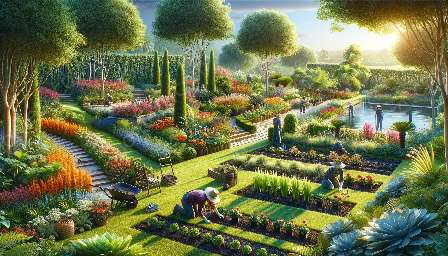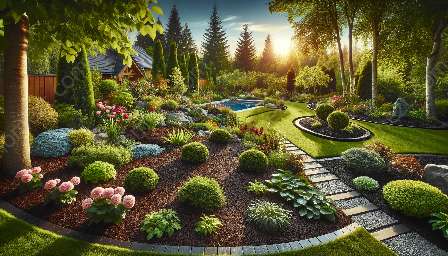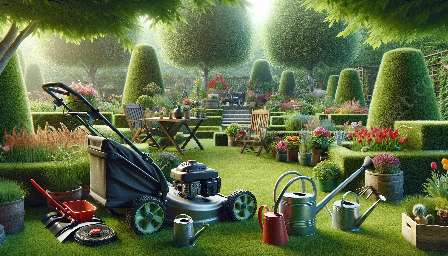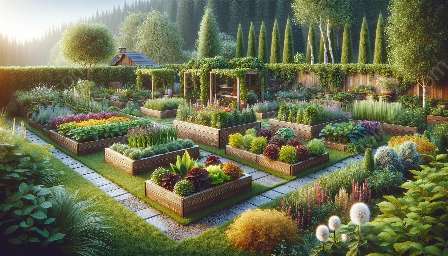Creating and maintaining a beautiful garden and landscape involves more than just planting and watering. You also need to address the challenges of pest and disease management to ensure the health and vitality of your plants. In this guide, we'll explore various aspects of pest and disease management and how they relate to garden maintenance and landscaping.
The Importance of Pest and Disease Management
Pests and diseases can wreak havoc on your garden and landscape, leading to stunted growth, wilting, discoloration, and even plant death. Effective pest and disease management is essential to protect your investment in plants and maintain a vibrant outdoor space.
Identifying Common Pests and Diseases
Before you can effectively manage pests and diseases, it's crucial to be able to identify them. Common garden pests include aphids, caterpillars, and snails, while common diseases may include powdery mildew, blight, and root rot. Learning to recognize the signs of infestation or disease can help you take timely action.
Integrated Pest Management
Integrated Pest Management (IPM) is a holistic and sustainable approach to managing pests and diseases. It involves combining biological, cultural, physical, and chemical control methods to minimize damage while considering the impact on the environment and beneficial organisms.
Biological Control
Biological control involves using natural predators or parasites to manage pest populations. This can include releasing beneficial insects like ladybugs to control aphids or introducing nematodes to combat soil-dwelling pests.
Cultural Control
Cultural control methods aim to create an environment that is less hospitable to pests and diseases. This can involve practices such as crop rotation, proper irrigation, and maintaining good soil health to reduce the risk of infestation or infection.
Physical Control
Physical control methods involve physically removing pests or creating barriers to prevent infestations. Examples include handpicking caterpillars, using row covers to protect plants, or installing barriers to deter burrowing pests.
Chemical Control
While chemical control should be used as a last resort, it can be an effective tool when used judiciously. Selective pesticides can target specific pests while minimizing harm to beneficial insects and the environment. Always follow label instructions and consider less toxic alternatives.
Compatibility with Garden Maintenance
Effective pest and disease management is integral to garden maintenance. Regular inspections of plants, early detection of problems, and prompt action are essential to minimize the impact of pests and diseases on your garden. Proper watering, fertilization, and pruning also play a role in maintaining plant health and resilience.
Gardening and Landscaping Considerations
From small gardens to expansive landscapes, pest and disease management is a consideration for all types of outdoor spaces. It's important to select plants that are suited to the local climate and conditions, as well as to design landscapes that promote airflow and minimize conditions favorable to pests and diseases.
Conclusion
By understanding the principles of pest and disease management and integrating these practices into your garden maintenance and landscaping efforts, you can create a healthy and thriving outdoor environment. With vigilance, appropriate measures, and a comprehensive approach, you can effectively manage pests and diseases while nurturing the beauty of your garden and landscape.





















